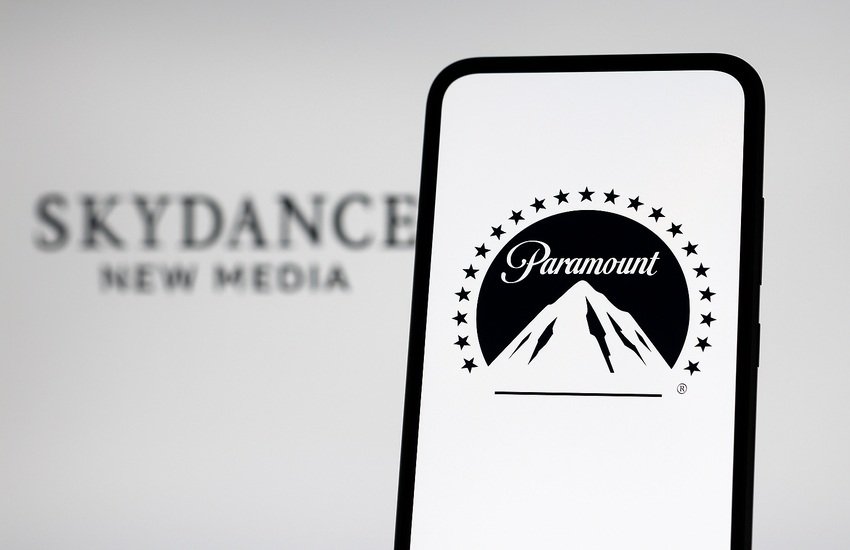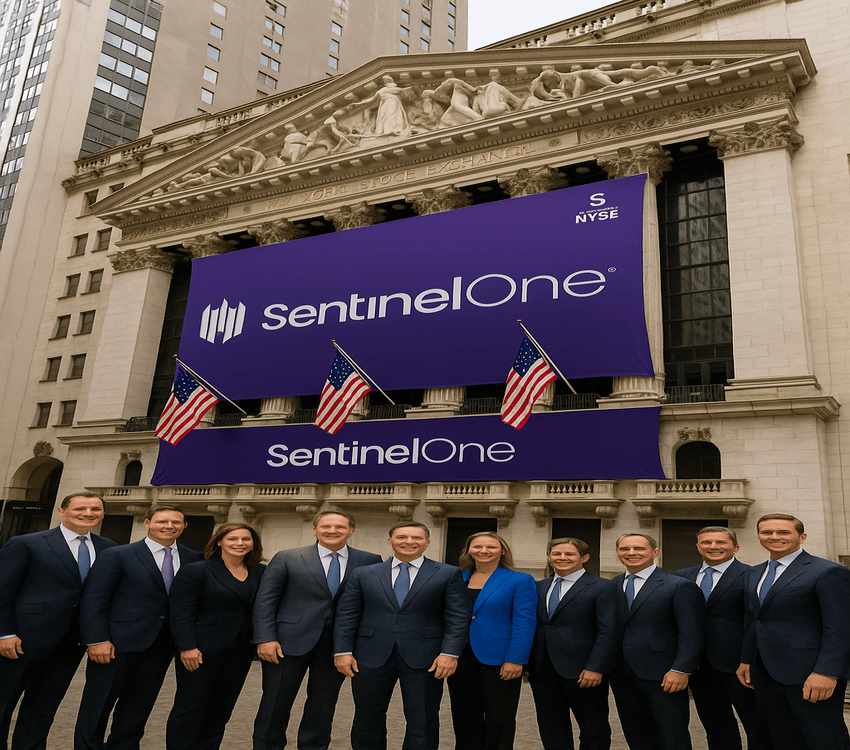Sign Up For Free To Keep Reading
Paramount Skydance is preparing to launch one of the most ambitious takeover attempts in Hollywood’s history: a majority cash bid to acquire Warner Bros. Discovery, backed by the vast fortune of Larry Ellison. Fresh off the August 2025 completion of their own merger, Paramount and Skydance are positioning themselves for another transformative leap. Warner Bros. Discovery, with an enterprise value of roughly $71 billion and a library that includes DC Comics, Harry Potter, HBO, and CNN, represents a target more than twice the size of Paramount’s own $19 billion market capitalization. The bid, still in preparation and yet to be formally submitted, is structured to preempt Warner’s planned split into cable and streaming units—a move that could attract deep-pocketed tech giants like Amazon or Apple. Market reaction has already been dramatic, with Warner shares soaring nearly 30% and Paramount rising over 15% on the news, underscoring the potential scale of this industry-defining consolidation.
Mega-Studio Synergy
At the heart of this prospective transaction lies the promise of unparalleled content synergy. Paramount Skydance would join forces with Warner Bros. Discovery to unite two of Hollywood’s oldest and most iconic studios under a single roof. The combined catalog would stretch from Paramount’s Mission Impossible, Sonic the Hedgehog, and Yellowstone to Warner’s Barbie, DC Universe, Harry Potter, and HBO originals. Together, these assets would create a content powerhouse with significant bargaining leverage across distribution platforms. In streaming, Paramount+ and Max would form a consolidated service with scale approaching industry leaders Netflix and Disney+, offering a vast and diverse content mix from blockbuster franchises to sports, news, and unscripted programming. Importantly, the merger would allow cross-platform monetization: theatrical releases boosting streaming demand, legacy cable hits feeding digital bundles, and IP-based franchises spun across film, television, gaming, and licensing. The overlap in operational infrastructure could also unlock synergies in marketing, technology, and global distribution. However, the very scale that strengthens the case for synergy also raises risks of antitrust scrutiny. A reduction of legacy studios from five to four would represent the most significant consolidation since Disney’s $71 billion acquisition of Fox in 2019, placing pressure on regulators to evaluate impacts on competition, labor, and consumer pricing. The combined content slate would give the merged entity unprecedented influence over cultural output, advertising markets, and subscription economics. This duality—synergistic opportunity offset by regulatory fragility—forms the first major driver of the deal’s strategic rationale.
Deep Pockets
Financing this acquisition is where the Ellison family’s resources become crucial. Warner Bros. Discovery’s nearly $71 billion enterprise value dwarfs Paramount Skydance’s $19 billion market capitalization, leaving a gap that cannot be bridged without significant external capital. The reported structure is a majority cash bid, enabled by David Ellison’s access to his father Larry Ellison’s fortune, estimated at over $380 billion, as well as potential institutional financing. This backing provides credibility to Paramount’s pursuit of a target more than double its size, in contrast to past failed legacy media mergers that faltered on funding grounds. Paramount already carries approximately $11.6 billion in net debt, limiting its standalone capacity to raise leverage without risking credit downgrades. The Ellison family’s capital injections, paired with investment bank-led syndication of debt, could make the deal financially viable. Yet the reliance on concentrated family wealth introduces execution risk. Unlike Disney’s Fox transaction, which relied on corporate balance sheet flexibility and equity issuance, this bid leans heavily on a single investor’s ability to sustain exposure over time. Moreover, while Larry Ellison’s stake ensures deep-pocketed firepower, debt markets may demand high interest spreads given Warner’s legacy cable exposure and industry volatility. If interest rates remain elevated, the cost of financing could erode returns and reduce strategic flexibility post-merger. Thus, while Ellison-backed financing underpins the feasibility of the deal, it also highlights how precariously Paramount Skydance must balance between opportunistic ambition and financial overextension.
Industry Momentum
The Paramount Skydance bid comes amid an accelerating wave of restructuring in U.S. media. Declines in linear television subscribers, eroding advertising revenues, and rising streaming costs have forced every major studio to rationalize assets. Warner Bros. Discovery had already announced plans to split into two entities: one housing debt-laden cable networks such as CNN, TBS, and TNT, and the other focused on high-growth streaming and studios. Paramount’s timing is strategic, aiming to acquire Warner in its entirety before a carve-out makes the streaming and studio unit more attractive to tech giants like Amazon or Apple, which could spark a bidding war. Industry consolidation pressures are evident elsewhere as Comcast moves to spin off networks into Versant Media, while Disney continues to reshape its ESPN strategy. For Paramount, merging with Warner positions it to remain competitive against vertically integrated peers with stronger scale. Paramount+ alone, despite rapid progress and profitability gains, still trails rivals in subscribers and global distribution. Coupling it with Max would instantly vault the combined service into the top tier of global streaming. Furthermore, industry momentum supports content consolidation: franchises have become central to profitability, with blockbuster films boosting downstream library consumption and live sports acting as critical subscriber anchors. Paramount’s recent performance, highlighted by Mission Impossible: The Final Reckoning achieving the franchise’s largest global opening, underscores how tentpole releases feed into digital ecosystems. The proposed deal would institutionalize this loop at unprecedented scale, aligning with broader industry shifts toward fewer, stronger players wielding global platforms. However, momentum-driven deals also risk overestimating synergies, as evidenced by AT&T’s ill-fated WarnerMedia acquisition, making integration discipline vital.
Execution & Debt Risk
The biggest risks to this bid revolve around execution and balance sheet sustainability. Paramount, even before contemplating Warner, was in the middle of a transition from a linear-heavy company into a streaming-first business. Its Q2 2025 earnings highlighted steady progress: Paramount+ subscribers at 77.7 million, ARPU growth of 9% year-over-year, and direct-to-consumer adjusted OIBDA improving sixfold to $157 million. Yet linear declines continued, with TV media advertising down 4% and affiliate revenues falling 7%. While streaming growth offset these pressures, Paramount remains a company in transformation, not yet at equilibrium. Adding Warner’s $40 billion market cap and $71 billion enterprise value risks overwhelming management with integration challenges. Debt leverage is another key constraint. Paramount’s net debt of $11.6 billion already weighs on free cash flow, which stood at just $114 million in Q2 after restructuring costs. Financing a Warner acquisition would likely involve layering significant new debt, at a time when Paramount’s LTM EV/EBITDA multiple has already expanded from 7.19x a year ago to 12.54x in September 2025, and its Market Cap/Free Cash Flow multiple has ballooned to 71x. This deterioration in cash yield—from 7.0% to 1.4% in the same period—illustrates shrinking investor tolerance for aggressive leverage. Paramount’s ability to sustain dividend payouts is similarly constrained, with its NTM dividend yield just 1.1%. Any misstep in integration, synergy realization, or debt refinancing could place the company in a precarious financial position, inviting credit downgrades and equity market pressure. Execution risk, compounded by debt overhang, represents the most critical challenge facing the proposed transaction.
Key Takeaways
Paramount and Skydance’s planned bid for Warner Bros. Discovery represents one of the most ambitious consolidations in modern media history. On the positive side, it offers unmatched content scale, global streaming leadership, and Ellison-backed financial firepower at a time when legacy studios face structural headwinds. On the negative side, it risks overleveraging a company already undergoing transition, raises questions of regulatory approval, and depends heavily on successful integration of two massive enterprises. Paramount’s current valuation multiples underscore these risks. Its LTM EV/EBITDA multiple has surged to 12.54x, above its historical range near 7x, while its Market Cap/Free Cash Flow multiple has spiked to 71x, reflecting thin cash generation relative to equity value. These elevated levels suggest that investors are already pricing in optimism, leaving little margin for error. In this light, the acquisition could either cement Paramount Skydance as a global entertainment leader or expose it to financial strain, regulatory hurdles, and integration missteps, making it a double-edged sword.





